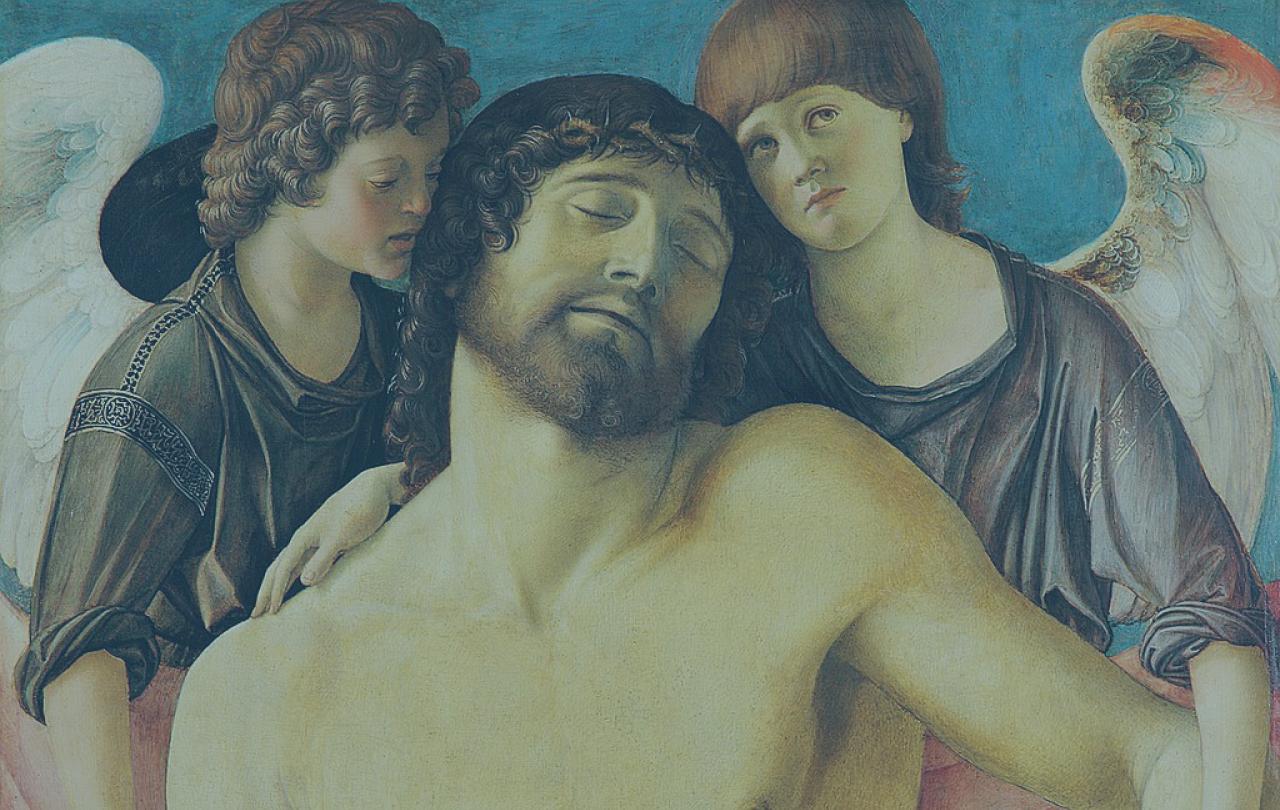Is truth dead? Are we living in a post-truth era where forcefully asserted opinions overshadow evidence-based public truths that once commanded widespread respect and agreement? Many people are deeply concerned about the rise of irrational beliefs, particularly those connected to identity politics, which have gained considerable influence in recent years. It seems we now inhabit a culture where emotional truths take precedence, while factual truths are relegated to a secondary status. Challenging someone’s beliefs is often portrayed as abusive, or even as a hate crime. Is it any surprise that irrationality and fantasy thrive when open debate and discussion are so easily shut down? So, what has gone wrong—and what can we do to address it?
We live in an era marked by cultural confusion and uncertainty, where a multitude of worldviews, opinions, and prejudices vie for our attention and loyalty. Many people feel overwhelmed and unsettled by this turmoil, often seeking comfort in earlier modes of thinking—such as the clear-cut universal certainties of the eighteenth-century “Age of Reason.” In a recent op-ed in The Times, James Marriott advocates for a return to this kind of rational thought. I share his frustration with the chaos in our culture and the widespread hesitation to challenge powerful irrationalities and absurdities out of fear of being canceled or marginalized. However, I am not convinced that his proposed solution is the right one. We cannot simply revert to the eighteenth century. Allow me to explain my concerns.
What were once considered simple, universal certainties are now viewed by scholars as contested, ethnocentric opinions. These ideas gained prominence not because of their intellectual merit, but due to the economic, political, and cultural power of dominant cultures. “Rationality” does not refer to a single, universal, and correct way of thinking that exists independently of our cultural and historical context. Instead, global culture has always been a bricolage of multiple rationalities.
The great voyages of navigation of the early seventeenth century made it clear that African and Asian understandings of morality and rationality differed greatly from those in England. These accounts should have challenged the emerging English philosophical belief in a universal human rationality. However, rather than recognizing a diverse spectrum of human rationalities—each shaped by its own unique cultural evolution—Western observers dismissed these perspectives as “primitive” or “savage” modes of reasoning that needed to be replaced by modern Western thought. This led to forms of intellectual colonialism, founded on the questionable assumption that imposing English rational philosophies was a civilizing mission intended to improve the world.
Although Western intellectual colonialism was often driven by benign intentions, its consequences were destructive. The increasing influence of Charles Darwin’s theory of biological and cultural evolution in the late nineteenth century led Darwin’s colleague, Alfred Russel Wallace, to conclude that intellectually and morally superior Westerners would “displace the lower and more degraded races,” such as “the Tasmanian, Australian and New Zealander”—a process he believed would ultimately benefit humanity as a whole.
We can now acknowledge the darker aspects of the British “Age of Reason”: it presumed to possess a definitive set of universal rational principles, which it then imposed on so-called “primitive” societies, such as its colonies in the south Pacific. This reflected an ethnocentric illusion that treated distinctly Western beliefs as if they were universal truths.
A second challenge to the idea of returning to the rational simplicities of the “Age of Reason” is that its thinkers struggled to agree on what it meant to be “rational.” This insight is often attributed to the philosopher Alasdair MacIntyre, who argued that the Enlightenment’s legacy was the establishment of an ideal of rational justification that ultimately proved unattainable. As a result, philosophy relies on commitments whose truth cannot be definitively proven and must instead be defended on the basis of assumptions that carry weight for some, but not for all.
We have clearly moved beyond the so-called rational certainties of the “Age of Reason,” entering a landscape characterized by multiple rationalities, each reasonable in its own unique way. This shift has led to a significant reevaluation of the rationality of belief in God. Recently, Australian atheist philosopher Graham Oppy has argued that atheism, agnosticism, and theism should all be regarded as “rationally permissible” based on the evidence and the rational arguments supporting each position. Although Oppy personally favours atheism, he does not expect all “sufficiently thoughtful, intelligent, and well-informed people” to share his view. He acknowledges that the evidence available is insufficient to compel a definitive conclusion on these issues. All three can claim to be reasonable beliefs.
The British philosopher Bertrand Russell contended that we must learn to accept a certain level of uncertainty regarding the beliefs that really matter to us, such as the meaning of life. Russell’s perspective on philosophy provides a valuable counterbalance to the excesses of Enlightenment rationalism: “To teach how to live without certainty, and yet without being paralyzed by hesitation, is perhaps the chief thing that philosophy, in our age, can still do for those who study it.”
Certainly, we must test everything and hold fast to what is good, as St Paul advised. It seems to me that it is essential to restore the role of evidence-based critical reasoning in Western culture. However, simply returning to the Enlightenment is not a practical solution. A more effective approach might be to gently challenge the notion, widespread in some parts of our society, that disagreement equates to hatred. We clearly need to develop ways of modelling a respectful and constructive disagreement, in which ideas can be debated and examined without diminishing the value and integrity of those who hold them. This is no easy task—yet we need to find a way of doing this if we are to avoid fragmentation into cultural tribes, and lose any sense of a “public good.”






